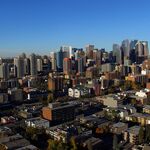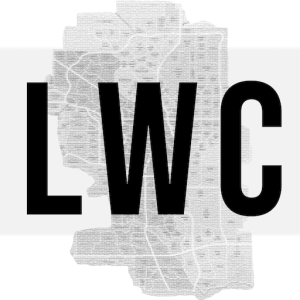CalgaryTiger
Senior Member
I also wouldn't think of a separate corridor as needing to be one of HSR or the other, not HSR. It can be both direct and also stop at every stop along the way. In your own corridor you are your only capacity constraint. Obviously the line will need to be twinned at points to avoid colliding with oncoming trains.It's more like HSR is just a "might as well" if they're going to build a new alignment separate from CPKC anyways
Does it cost that much more to add a third track and a basic stop (not a grand central) in Cochrane, and Highway 40 and Canmore? We have to remember, we are not inventing this, other places have done this, and on much more difficult terrain.
And if you have a consistent technology across your regional and HSR you have all the benefits of using single technologies on trains from Calgary to Banff, Calgary to Edmonton, Calgary to Airdrie, Calgary to Okotoks/High River, etc.






